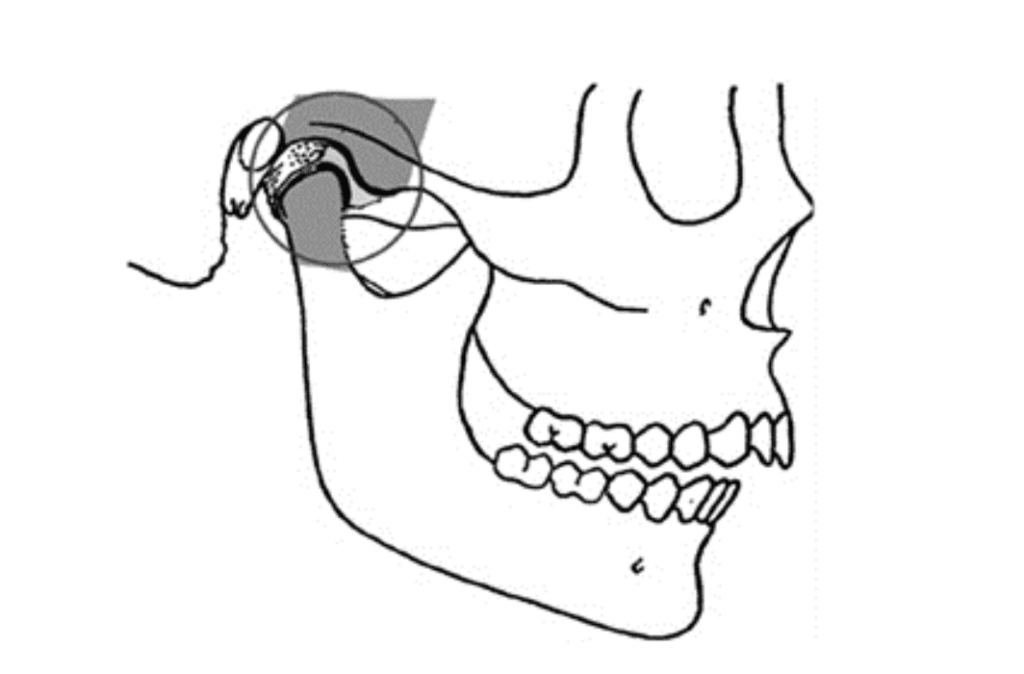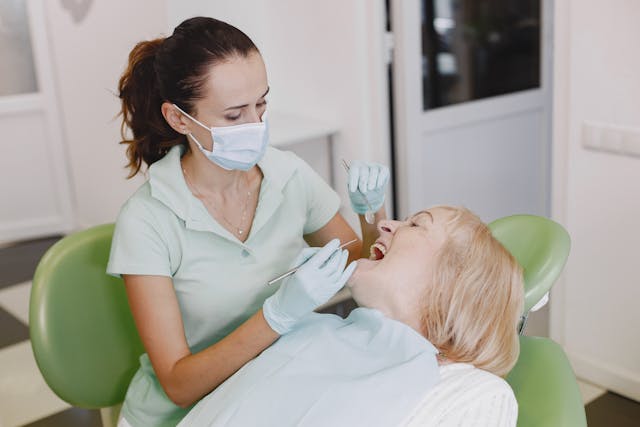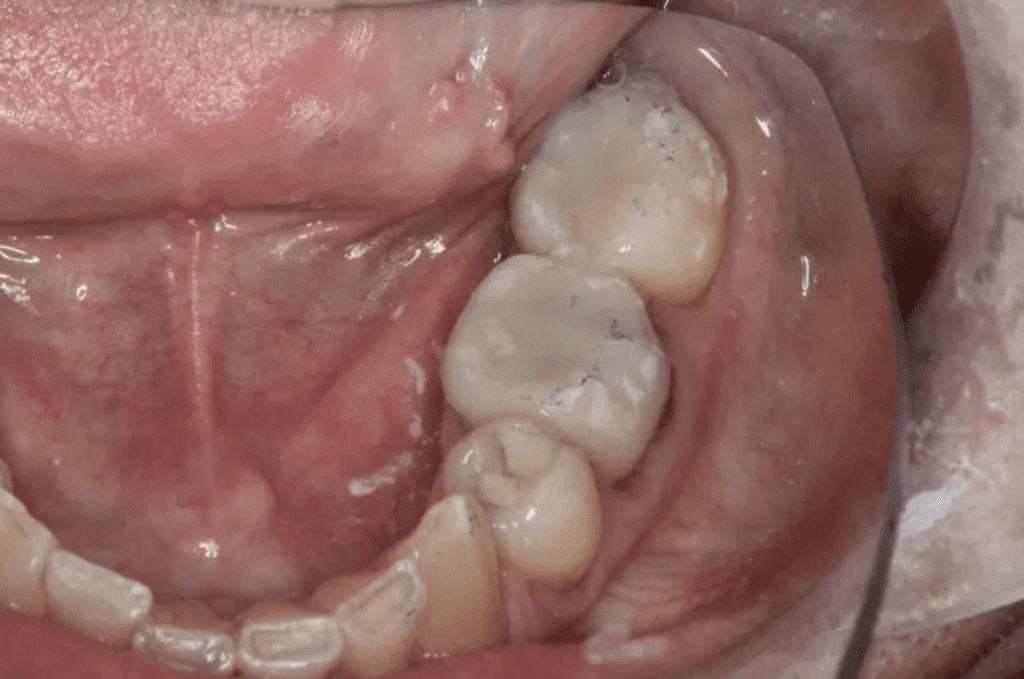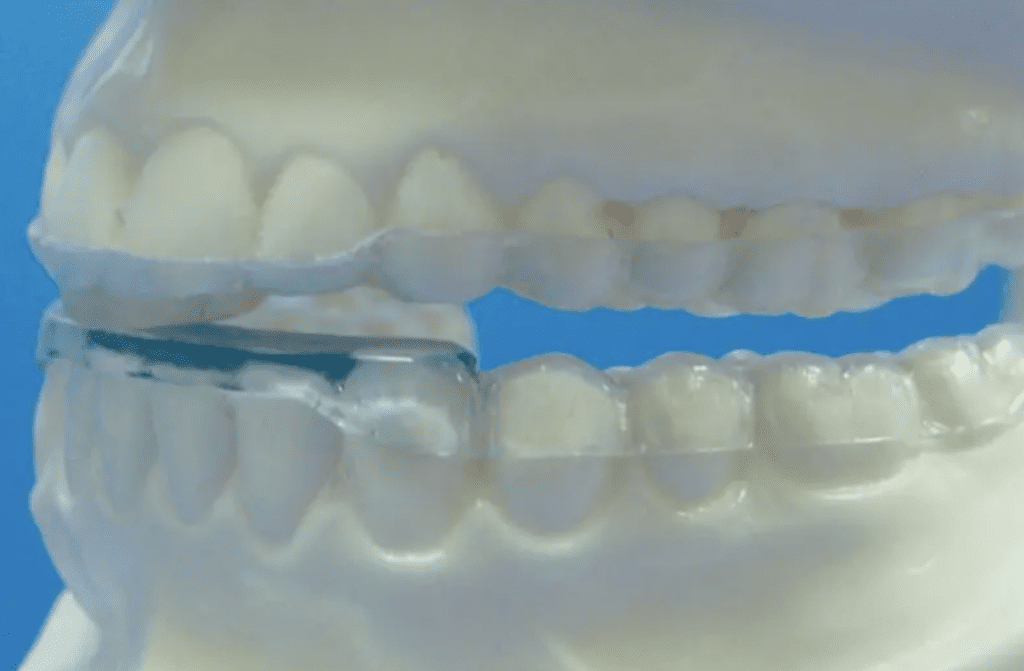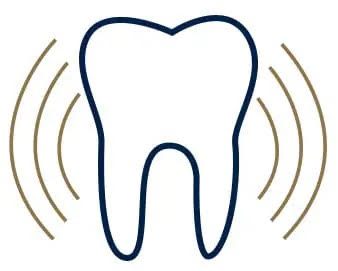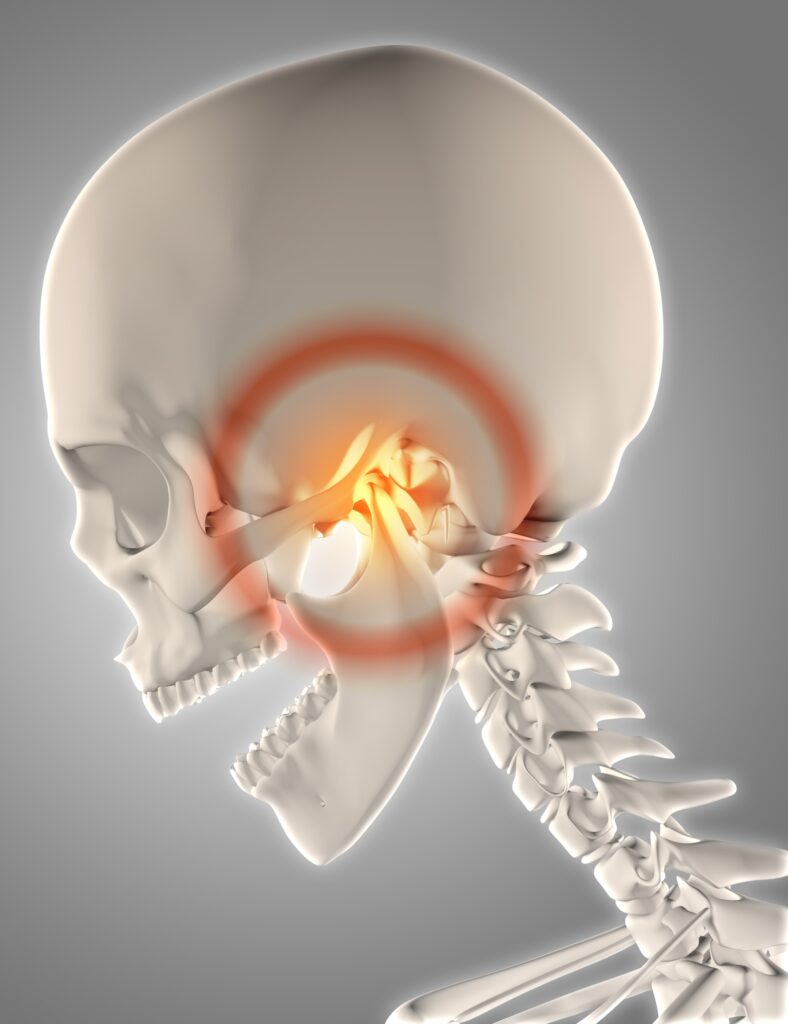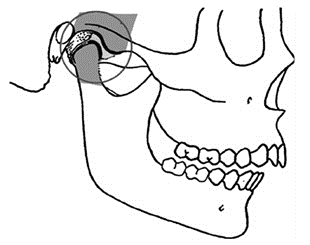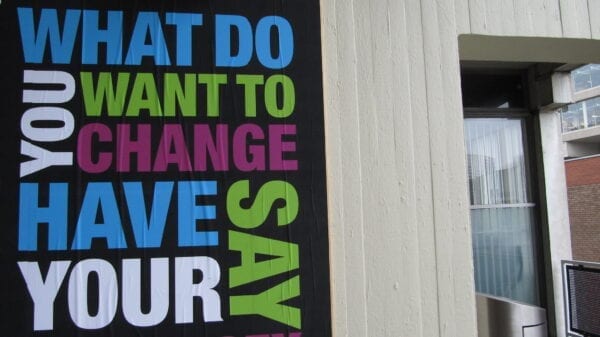![]()
Dr. Leonard Hess began teaching continuing education courses in 2005, and the topics include occlusion, smile design, treatment planning, preparation design, and practice integration of complete dentistry.
He’s taught full-day continuing education courses at the American Academy of Cosmetic Dentistry’s national meeting, The Greater New York Dental Meeting, AACD National Meeting, Pacific Dental Conference, Ontario Dental Association meeting, and The Yankee Dental Conference.
Dr. Hess also has taught courses in Japan, Germany, Poland, China, and Canada.
Dr. Hess is currently serving as the Senior Clinical Director at The Dawson Academy. He also owns Union County Center for Comprehensive Dentistry in Charlotte, North Carolina.
How Do You Know If You Achieved Centric Relation?
By: Dr. Leonard A. Hess, DDSClinical Director, The Dawson AcademyThis article originally appeared on TheDawsonAcademy.com, Dr. Hess…
TMJ 101: The Best TMD Treatment Options For Dentists
By: Dr. Leonard A. Hess, DDSClinical Director, The Dawson AcademyThis article originally appeared on TheDawsonAcademy.com, Dr. Hess…
What is Fremitus and Why Should You Check For It?
By: Dr. Leonard A. Hess, DDSClinical Director, The Dawson AcademyThis article originally appeared on TheDawsonAcademy.com, Dr. Hess allowed igniteDDS to…
Dentist Education: How Do I Predictably Prep Second Molars?
By: Dr. Leonard A. Hess, DDSClinical Director, The Dawson AcademyArticle originally appeared on TheDawsonAcademy.com, Dr. Hess allowed…
Sequencing a Full-Mouth Rehab: Anterior or Posteriors First?
The correct sequence to begin a full-mouth rehab is tobegin with the anterior teeth first, particularly the…
Q&A with Dr. Hess: Patients Who Have More Pain After Wearing a B-Splint
By: Dr. Leonard A. Hess, DDSClinical Director, The Dawson AcademyThe Article Originally Appeared on TheDawsonAcademy.com Question: What…
How to Discover Occlusal Muscle Disorders
By: Dr. Leonard A. Hess, DDSClinical Director, The Dawson AcademyThe Article Originally Appeared on TheDawsonAcademy.comLearn about Occlusion…
Considerations of Treatment Planning a Maxillary Implant Prosthesis
By: Dr. Leonard A. Hess, DDSClinical Director, The Dawson AcademyThe Article Originally Appeared on TheDawsonAcademy.comLearn about Occlusion…
How to Stabilize the Joints
By: Dr. Leonard A. Hess, DDSClinical Director, The Dawson AcademyThe Article Originally Appeared on TheDawsonAcademy.comLearn about Occlusion…
How Do You Know If You Achieved Centric Relation?
By: Dr. Leonard A. Hess, DDSClinical Director, The Dawson AcademyThe Article Originally Appeared on TheDawsonAcademy.comLearn about Occlusion…
10 simple things you can do to get through hard times
Life is a series of peaks and valleys. Sometimes you’re up, sometimes you’re down. But it’s the difficult times where we need a little more support and guidance. Here are some tips that can help.
Why You Need to Hit the Reset Button Heading into 2021
Take a step back. Take a breath. 2020 has been a lot to take in, but now is the time to plan for what’s to come in 2021.
Preparing for the Waves to Come in 2021
None of us knew that 2020 would bring a pandemic into our industry and society. What will 2021 bring? None of us know for sure. However, we do know that you can learn from the past and prepare for the future using analysis and trends from a pair of experts who have been tracking what has been happening in the industry before, during, and after the COVID-19 disruption.
What Tax Challenges Await Dental Practices in 2021?
With a new year comes new tax codes and rules that you and your dental practice need to know.
When You Have Everything You Need in the Dental Practice … Except Patients
You have everything you need in your practice … except for patients. Now what? Dr. David Rice will discuss this and more in a riveting talk.
How Differences Can Come Together Under the Dentist’s Leadership
Dr. David Rice explains how dentists can ensure that everyone not only has their voice heard, but that it’s done to promote unity rather than division.
The importance of each of us having our voice heard
Having an opinion is a bigger personal milestone than it may seem. Voicing opinions makes you vulnerable, especially if you’re battling to build self-confidence.
How To Keep That “I Voted” Buzz Going in The Dental Practice
Remember how proud you were that you made your voice heard in the recent election? How about making your voice heard in the dental practice?
Your Patients Have Questions – Each of You Should Have the Same Answer
Your patients walk into your practice all of the time with questions. Ensuring everyone in the practice is on the same page when it comes to the answer is critical. Here’s why.
Why This Study Should Be a Wake-up Call to Dentistry
The lady in this picture is different than you, right? She’s different than every other person in the world as well. So why are we treating our patients like they’re all the same person? Dr. David Rice dives into some thoughts.

